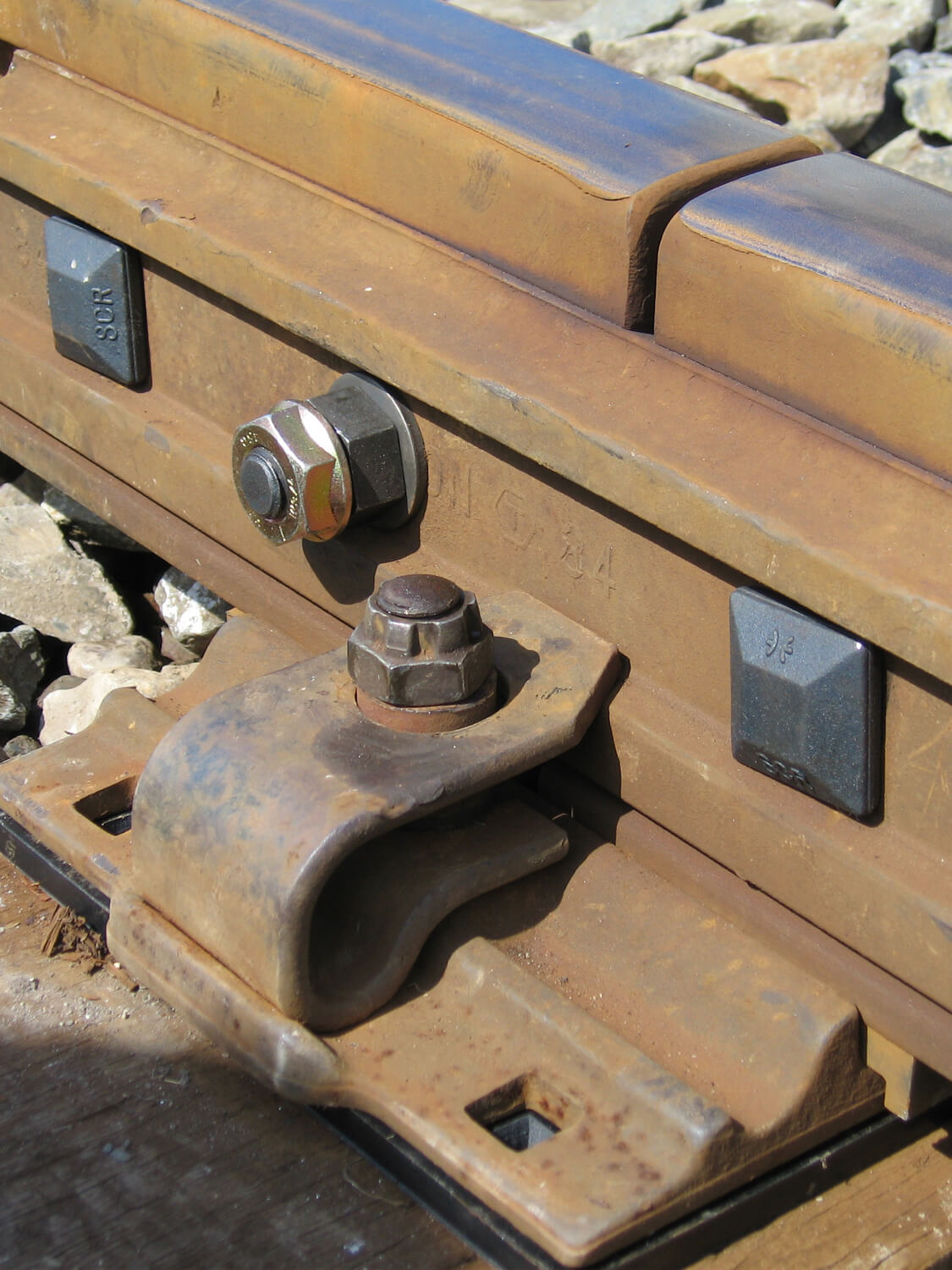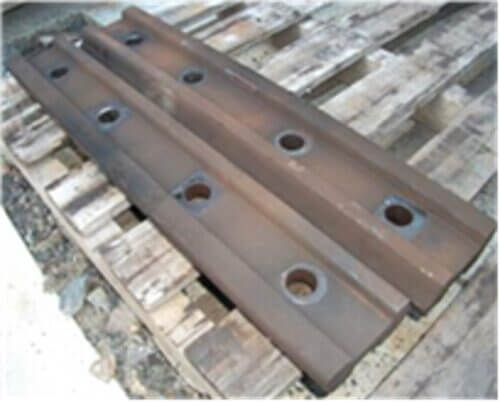Fastening of the Fishplate Connecting the Joints of the Track
*Some images are for illustration purposes only.

Overview
A fishplate is utilized for connecting railway tracks, joining them together securely. It consists of a pair of steel plates shaped like a plate, which are employed to fasten the rails to the track using joint bolts.
As trains traverse the junctions between rails, the impact load is significant, making it crucial to minimize any discrepancies or steps in the rails.
Furthermore, in the absence of appropriate clearance, the rails may undergo expansion during the summer, posing a substantial issue.
Implementation


- During train passage, there are areas that experience significant impact loads in the perpendicular direction to the bolt axis. These areas are prone to bolt breakage due to the impact.
- Railway tracks undergo expansion and contraction with seasonal temperature changes. The bolt holes, which are created on the rails to accommodate this expansion and contraction, are elongated slots. Proper torque management is necessary in these areas to absorb the expansion and contraction.
- If there is a large gap between the rails or if there is a significant step (joint displacement), the impact load is high, and even a slight loosening can result in bolt breakage in those areas.
Improvement
- Fastening with slotted holes can be performed with appropriate torque control, and we were able to achieve the contradictory property of absorbing expansion and contraction and preventing loosening.
- The work time was shortened, and the work burden and total cost were greatly reduced.
